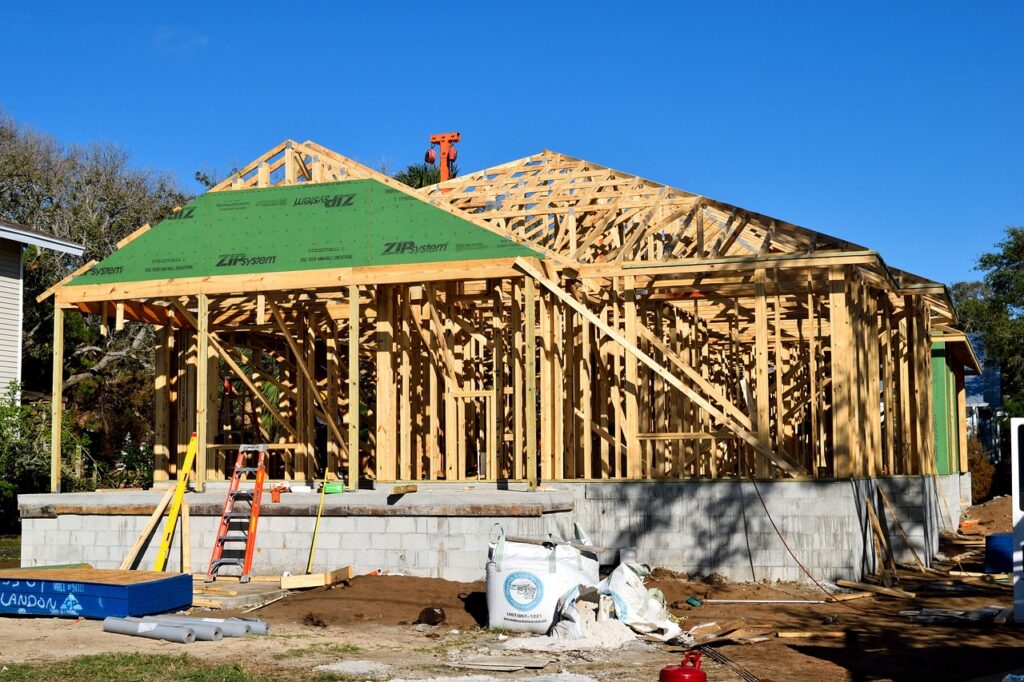Construction management is the process of overseeing a construction project from start to finish, ensuring it is completed on time, within budget, and to the required quality standards. It involves coordinating various activities such as planning, scheduling, resource allocation, and risk management to keep the project on track.
A construction manager plays a critical role in controlling costs, managing timelines, and maintaining safety and quality throughout the project lifecycle. This position acts as a bridge between project owners, contractors, and suppliers, facilitating communication and solving problems as they arise.
Understanding construction management helps clarify how complex projects come together efficiently and effectively. It is essential knowledge for anyone involved in building or infrastructure development, as it directly impacts a project’s success.
Core Principles of Construction Management
Effective construction management depends on meticulous organization, resource allocation, and adherence to standards. It requires clear timelines, accurate budgeting, strict quality controls, and proactive handling of risks.
Project Planning and Scheduling
Project planning sets the foundation by defining objectives, scope, and workflow. Creating a detailed schedule establishes milestones and deadlines, helping track progress efficiently.
Scheduling tools like Gantt charts and Critical Path Method (CPM) diagrams organize tasks logically. This prevents bottlenecks and ensures effective resource utilization.
Regular updates and adjustments to the schedule respond to on-site changes. Clear communication of the timeline to all stakeholders reduces delays and aligns expectations.
Budgeting and Cost Control
Accurate budgeting starts with thorough cost estimation for labor, materials, equipment, and contingencies. Construction managers monitor expenses against the budget continuously.
Cost control employs tracking systems to identify overruns early. Variance analysis compares actual costs with planned budgets to take corrective actions swiftly.
Maintaining budget accountability requires transparency and documentation of all financial transactions. Efficiency in procurement and resource management also contributes to cost savings.
Quality Assurance Processes
Quality assurance ensures construction work meets the specified standards and codes. It involves regular inspections, testing, and verification procedures throughout the project lifecycle.
Standard operating procedures (SOPs) and checklists guide workers to consistently follow quality requirements. Deviations are documented and addressed immediately.
Incorporating feedback loops supports continuous improvement. Quality assurance reduces rework and increases client satisfaction by delivering durable and compliant structures.
Risk Assessment and Mitigation
Risk management begins with identifying potential threats such as design flaws, site conditions, or regulatory issues. Early detection limits disruptions.
Mitigation strategies include contingency planning, safety protocols, and insurance coverage. Prioritizing risks based on likelihood and impact directs resources efficiently.
Ongoing risk monitoring adapts responses as projects evolve. Clear reporting channels ensure risks are communicated promptly to decision-makers.
Modern Practices and Industry Trends
Construction management is evolving with advances in technology, growing emphasis on sustainability, and improved methods for teamwork. These factors drive efficiency, reduce environmental impact, and enhance project outcomes across the industry.
Technology Integration in Construction Management
Construction management now relies heavily on digital tools like AI, drones, IoT devices, and automated machinery. AI helps optimize scheduling, risk assessment, and resource allocation, enabling more precise project control.
Drones provide aerial site surveys and progress tracking, improving safety and data accuracy. IoT sensors monitor equipment conditions and environmental factors in real-time, reducing downtime and preventing costly delays.
Software platforms streamline document management and financial tracking, supporting faster decision-making and enhanced transparency. Virtual and augmented reality tools are increasingly used for training and project visualization.
Sustainable Building Methods
Sustainability is a key focus in modern construction, influenced by regulations and client demand. Teams adopt environmentally-friendly materials such as sustainable concrete alternatives and recycled components to lower carbon footprints.
Energy-efficient designs and renewable energy integration reduce long-term operational costs and environmental impact. Prefabrication and modular construction methods minimize waste and speed up project timelines.
Green building certifications guide many projects, encouraging practices like water conservation, improved insulation, and waste reduction. Sustainable construction is both a regulatory necessity and a competitive advantage.
Collaboration and Communication Strategies
Effective communication and collaboration are vital to managing complex projects. Cloud-based platforms enable real-time sharing of schedules, blueprints, and updates, keeping all stakeholders aligned.
Integrated project delivery (IPD) methods involve early collaboration between architects, engineers, contractors, and owners. This approach reduces conflicts, optimizes resource usage, and accelerates project completion.
Virtual meetings and digital communication tools help overcome geographic barriers and improve responsiveness. Teams also implement continuous training programs using digital simulators to maintain skills and safety standards.



